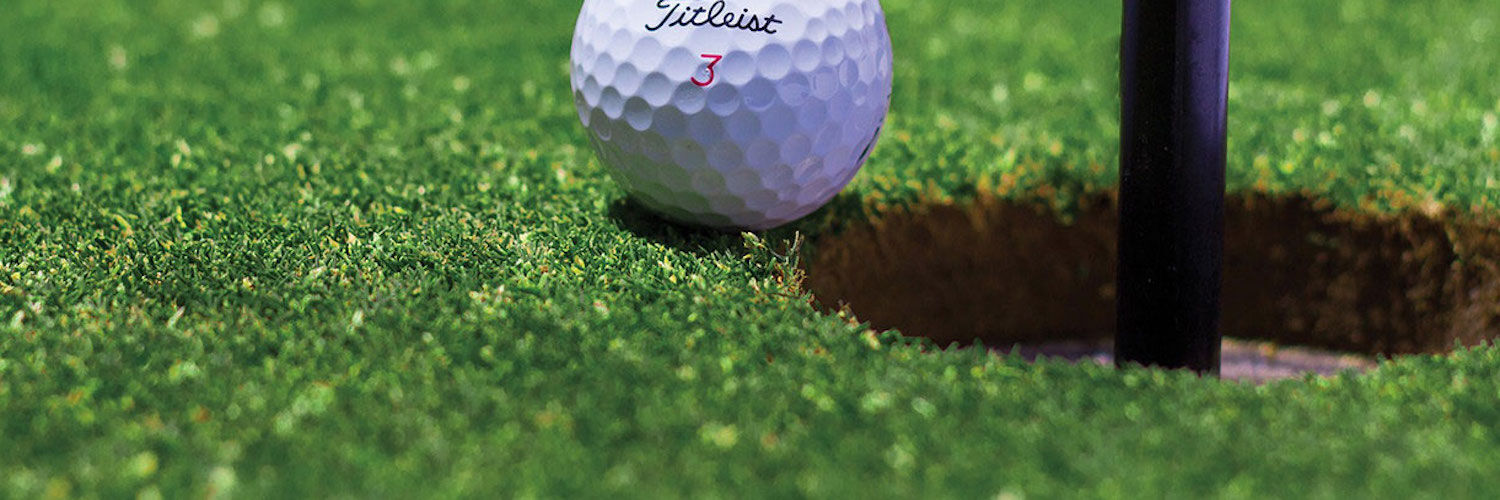World Handicapping System
Welcome to the Wolrd Handicapping System Update Page.
This page will be updated weekly to give you more information about the World Handicapping System and how it will affect you.
"‹The World Handicap System will launch in November 2020. It is designed to welcome more players, to make golf easier to understand and to give all golfers a handicap which is portable all around the world.
Overview of the new WHS
Many of you may already know that the WHS has been developed by The R&A and USGA in coordination with existing Handicap authorities, and is designed to:
Attract more players to the game
Make handicapping easier to understand
Allow golfers to use their Handicap Index on any course around the world
The WHS has also been created with consideration given to club golfers who play both sporadically and more regularly, creating a more inclusive and equitable system for golfers worldwide.
How the WHS works.
Firstly, the most important factor of the new system is Handicap Index, as the WHS is centred around calculating a player's Handicap Index, which provides golfers with an accurate measurement of their golfing ability.
Remember also, the WHS has been created with consideration given to club golfers who play both sporadically and more regularly, creating a more inclusive and equitable system for golfers worldwide.
For golfers that play regularly, their Handicap Index will be generated by calculating an average of their best eight scores from their previous 20 rounds. For new, and more sporadic golfers, their Handicap Index will be calculated once scorecards of 54 holes (3x 18 holes, 6x 9 holes or any combination of 9 and 18 holes) have been submitted to their golf club's Handicap Committee. After a player has achieved 20 scores, a "˜fully developed' Handicap Index can be calculated to provide the most accurate representation of their ability.
To ensure a player has only one Handicap Index, the golfer will nominate a home club. The home club is determined by the player, but for practicality it is recommended this is where the player typically submits the most of their scores.
Course Rating
Golf Course Rating will be used to measure the playing difficulty of a golf course. It measures how many strokes a Scratch Golfer (a player who can play to a Course Handicap of zero on all rated golf courses) should take on any given course.
The rating does this by assessing two main types of challenges which, when combined, result in a common base from which to compare players' abilities:
- The playing length of the course
- The obstacles that a player will encounter (e.g. size of green and hazards)
A Bogey Rating is the measure of playing difficulty from a set of tees when played by a Bogey Golfer (a player who has a Course Handicap of approximately 20 for a male and 24 for a female).
Knowing the Course Rating and Bogey Rating allows the WHS to assess and rationalise the relationship between the two. From this, the difficulty of the course for all other levels of ability can be deduced.
Click here for a link to an video about Course Rating
Slope Rating.
Many golfers have heard of Slope Rating before, but aren't entirely sure what is it.
Slope Rating is the number which indicates the relative playing difficulty of a course for Bogey Golfers, compared to Scratch Golfers, and is the difficulty comparison between these golfers from the same set of tees. In simple terms, it is the combination of the Course Rating and the Bogey Rating, which allows us to calculate the Slope Rating of a set of tees. Please do refer back to last week's newsletter for a reminder about Scratch & Bogey Golfers.
Bogey Rating - Course Rating x Factor = Slope Rating
(in simple terms it is the combination of the Course Rating and the Bogey Rating, which allows England Golf to calculate the Slope Rating of a set of tees).
The use of Slope allows a player's Handicap Index to be portable from course to course and country to country. It also enables acceptable scores from any rated golf course in the world to be submitted for a player's handicap purposes.
Each set of tees will have a Slope Rating value between 55 and 155. Essentially, the higher the Slope Rating, the more additional strokes a Bogey Golfer will need to be able to play it. The lower the Slope Rating, the less strokes a Bogey Golfer will require.
Hopefully, this provides you with a good understanding as to how Slope Ratings are created, how it affects golfers, and why it is important for the WHS.
As always, please refer to the resources from the Slope Rating section within the toolkit and the timeline, and be sure to print off the relevant posters and place them around your golf club for your members to see.
The new WHS Handicap Index.
This phrase will become synonymous with golfers in the lead-up-to, and following, the November 2nd introduction of the new system, and we are going to be telling you all about it over the next two weeks!
Handicap Index will:
- Measure the ability of a player
- Be portable from course to course
- Allow players to complete fairly, therefore promote inclusivity within the game
A Handicap Index is calculated from the best eight scores from a players last 20 rounds. As a new score is submitted, a player's Handicap Index will automatically update to the most recent 20 scores. A player's Handicap Index will update promptly overnight after the submission of an acceptable score and be ready before the next time they play.
How to obtain a Handicap Index?
When we adopt the WHS in England, most golfers will have a Handicap Index generated based on their existing records. However, for new golfers to gain their Handicap Index they will have to submit a minimum of 54 holes (using any combination of 9 and 18 holes).
Initially, their Handicap Index will be the lowest of their three rounds minus two strokes, and this will continue to be built until the 20 scores are achieved. The maximum Handicap Index for any player is 54, and in order for players to obtain a recognised Handicap Index a player must be an affiliated member of a golf club.
Hopefully, this provides you with a good understanding as to what a Handicap Index is, how golfers will obtain one, and why it is so important to the new system.
Click here for a video about Handicap Index
How to safeguard a Handicap Index?
With Handicap Index being calculated by working out an average of the best eight rounds from a player's last 20, golfers might be apprehensive that the change in their Handicap Index may be volatile. However, through the implementation of a Soft Cap and Hard Cap, the WHS will limit any extreme upward movement of a player's Handicap Index within a 365-day period, therefore, protecting against handicap manipulation.
The Soft Cap will suppress movement by 50% after a three-stroke increase over a player's Low Handicap Index. For clarity in this instance, a Low Handicap Index is the lowest Handicap Index a player has had during the previous 12-month period.
The Hard Cap will restrict upward movement of five-strokes over the Low Handicap Index. Restricting the extreme upward movement of a Handicap Index will ensure that a player's temporary loss of form does not cause the Handicap Index to move too far away from their actual ability. It is important to note that caps will only start to take effect once a player has at least 20 acceptable scores in their record.
Click here to see a video about the Soft and Hard Cap
Click here for frequently asked questions and answers about the WHS
We have added links below to provide you with information about the WHS and will add to these as more information becomes available. There are various videos that you can watch to give you more information.
Useful Links
For link to England Golf information click here
For link to videos from England Golf March 2020 click here
For link to the WHS website click here
For information from the R & A click here














.jpg)

